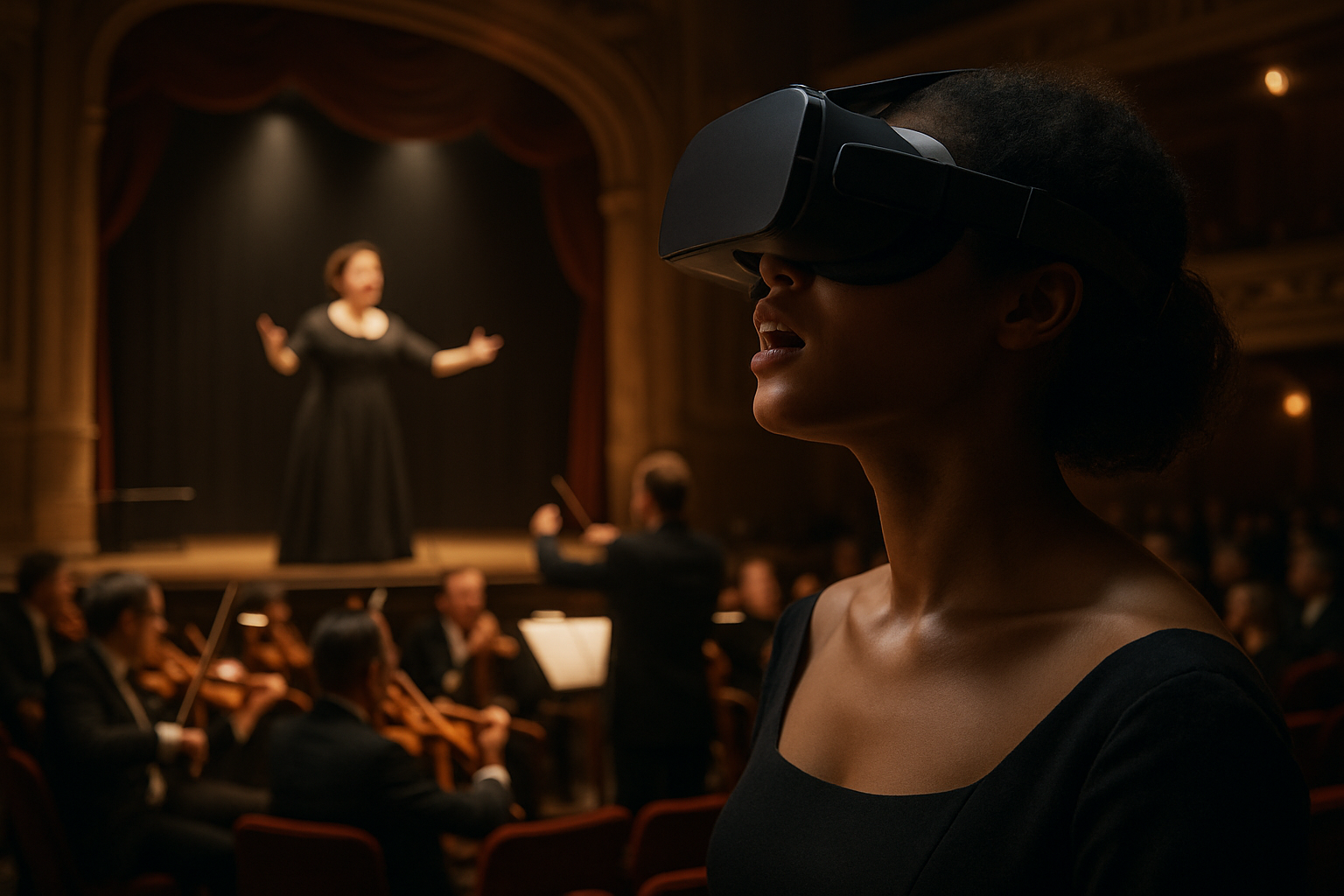Designing Inclusive Venue Programs for Diverse Urban Audiences
Urban arts venues serve many overlapping communities with different expectations of culture, performance, theatre, music, and visual arts. Designing inclusive programming means understanding local demographics, removing access barriers, and creating varied pathways for audiences to discover work across gallery exhibitions, staged productions, festivals, and streamed or immersive formats. This overview outlines practical steps for programming that reflects diversity while balancing production needs and sustainable operations.

How does culture shape programming?
Programming that reflects a city’s cultural makeup begins with listening: surveys, community meetings, and partnerships with local organizations can reveal who attends existing events and who is missing. Culture here refers both to artistic traditions and everyday practices; effective venues map cultural calendars, seasonal festivals, and informal performance practices to create a schedule that connects with multiple communities. Inclusive curation prioritizes representation in artist selection and program narratives, while also ensuring marketing and front-of-house information are available in appropriate languages and formats so that programming resonates with diverse audience segments.
How to integrate theatre and music effectively?
Theatre and music share production needs—staging, acoustic design, lighting—but they attract different audience habits and ticketing preferences. Co-programming or back-to-back scheduling can cross-pollinate attendance: a theatre company and a music ensemble might share a residency to create collaborative performances or host pre-show talks that introduce new audiences to different forms. Touring teams require adaptable staging plans and clear rider expectations; investing in modular staging and flexible technical packages helps venues host a wider range of productions while keeping costs manageable and improving artist relations.
What role do galleries and exhibitions play?
Galleries and exhibitions provide sustained engagement with visual culture and are crucial for inclusive programming when they foreground diverse artists and interpretive strategies. Curation should include artists with varied backgrounds and practices, and exhibition design must prioritize physical accessibility and sensory-friendly options. Programming can extend beyond static displays with artist talks, participatory workshops, and pop-up performances that bridge visual and performing arts. Integrating gallery-based education with venue-wide programming fosters deeper community ties and creates pathways for underserved audiences to participate in curation and storytelling.
How can immersive and streaming reach audiences?
Immersive formats and streaming extend reach beyond physical walls, but they require distinct production and accessibility considerations. Immersive work often depends on sensory and spatial design; clear content advisories, mobility accommodations, and quiet spaces make experiences safer for varied audiences. Streaming lowers geographic barriers but needs captioning, audio description, and user-friendly access controls to be genuinely inclusive. Hybrid programming that pairs limited in-person attendance with high-quality streamed documentation or interactive online components can broaden both audience demographics and long-term engagement when licensing agreements and performer rights are addressed early in production planning.
How to support collaboration, monetization, licensing?
Sustainable, inclusive programming balances artistic goals with financial realities. Collaboration between venues, presenters, and community groups can reduce production costs through shared staffing, joint marketing, and pooled technical resources. Monetization strategies should mix earned revenue, tiered pricing, community-access discounts, and targeted grants rather than relying solely on full-price tickets. Licensing must be negotiated transparently for streamed or recorded work, with revenue-sharing models that protect artists. Clear contracts that address royalties, digital rights, and touring fees help venues plan budgets while ensuring equitable compensation for creators.
How to design accessible festivals and venues?
Festivals and multi-venue events introduce logistical complexity that must be addressed to remain inclusive. Accessibility planning should be integral from the outset: onsite mobility routes, clear signage, sensory maps, accessible ticketing systems, and staff training. Programming can include sensory-friendly showings, multi-language guides, and scheduled quiet hours. Coordination with local transportation and community organizations improves access for audiences who rely on support services. Evaluations after events—collecting feedback from diverse attendees and artists—inform iterative improvements so venues evolve toward sustained inclusivity rather than one-off accommodations.
Conclusion
Designing inclusive venue programs in urban settings requires intentional planning across curation, production, outreach, and operations. When venues center community input, prioritize accessibility in both physical and digital offerings, and establish equitable financial and licensing practices, programming becomes more reflective of a city’s diversity. Inclusive approaches benefit audiences and artists alike by expanding participation, deepening cultural exchange, and fostering resilient collaborations that sustain venues over the long term.





